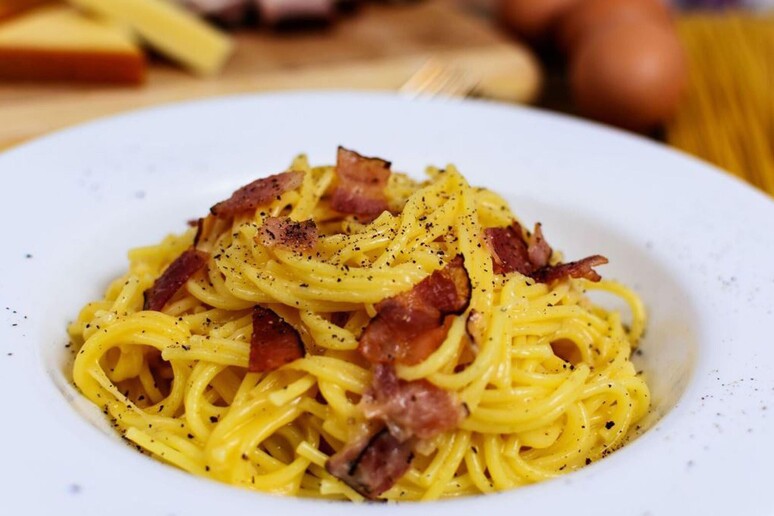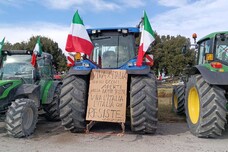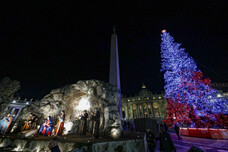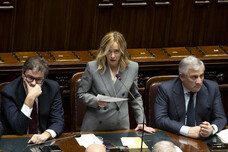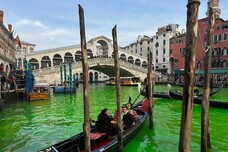Italy on Wednesday marked Carbonara Day with Roman comic actor-director Carlo Verdone elected as ideal companion to eat the iconic Roman bacon and egg pasta dish with.
"I love pasta, it's my favourite dish, simple, creative, it's a
real antidepressant," said Verdone, 71, who sprang to fame with
Un Sacco Bello in 1980 and has had hit after hit since.
"It means sharing, being together and good moods," said the
cinema great, who has made no secret of his struggles with
depression.
"I'm proud to be the flag carrier for this dish. If you
organize, I'll rush to come, I'll eat in silence and then I'll
make you laugh. Happy Carbonara Day to everyone", said the
popular actor, who was elected in a Doxa survey commissioned by
the Unione Italiana Food.
Exports of Italian pasta have risen "significantly" despite the
COVID emergency, farm group Coldiretti said on International
Carbonara Day.
Pasta sales in Italy are also up, it said.
The export boom is however fed by "fake" versions of Carbonara,
such as the culinary crime of adding cream that originated in
Belgium, or the smoky bacon version recently publicised in the
New York Times, Coldiretti said.
As well as committing the offence of using bacon instead of
guanciale (cured pig's cheek or pork tongue), as per the
original recipe, the US version also employs Parmesan, the bogus
clone of Parmigiano Reggiano, instead of the recommended
Pecorino Romano, Coldiretti said.
This proliferation of sub-par imitations of classic Italian food
products is helped by the lack of clear, government protected
recipes, the farmers' association said.
Italian traditionalists insist there are only five carbonara
ingredients: pork tongue, pecorino, eggs, salt and pepper.
Innovators think that, since pasta is such a versatile dish,
there should be no limits on how carbonara can be interpreted,
going as far as "culinary science fiction", according to
detractors.
In France and Germany, for example, powdered ingredients are on
sale for preparing a carbonara; in Britain the egg is often
replaced by bechamel sauce; and in Japan chefs regularly add
cream and take out the pecorino - an affront to tradition
according to purists.
As with many recipes, the origins of the dish and its name
are obscure.
There are many theories for the origin of the name, which may be
more recent than the dish itself.
Since the name is derived from carbonaro (the Italian word
for charcoal burner), some believe the dish was first made as a
hearty meal for Italian charcoal workers.
In parts of the United States the etymology gave rise to the
term "coal miner's spaghetti".
It has even been suggested that it was created as a tribute
to the Carbonari ("charcoalmen"), a secret society prominent in
the early, repressed stages of Italian unification.
It seems more likely that it is an urban dish from Rome,
probably first described after WWII in the Italian capital, when
many Italians were eating eggs and bacon supplied by troops from
the United States.
#CarbonaraDay was set up by the International Pasta
Organization (IPO) and the Association of Pastry and Pasta
Makers (AIDEPI) to fete this culinary glory and try to settle
some of the vexed questions about how to make it.
ALL RIGHTS RESERVED © Copyright ANSA
